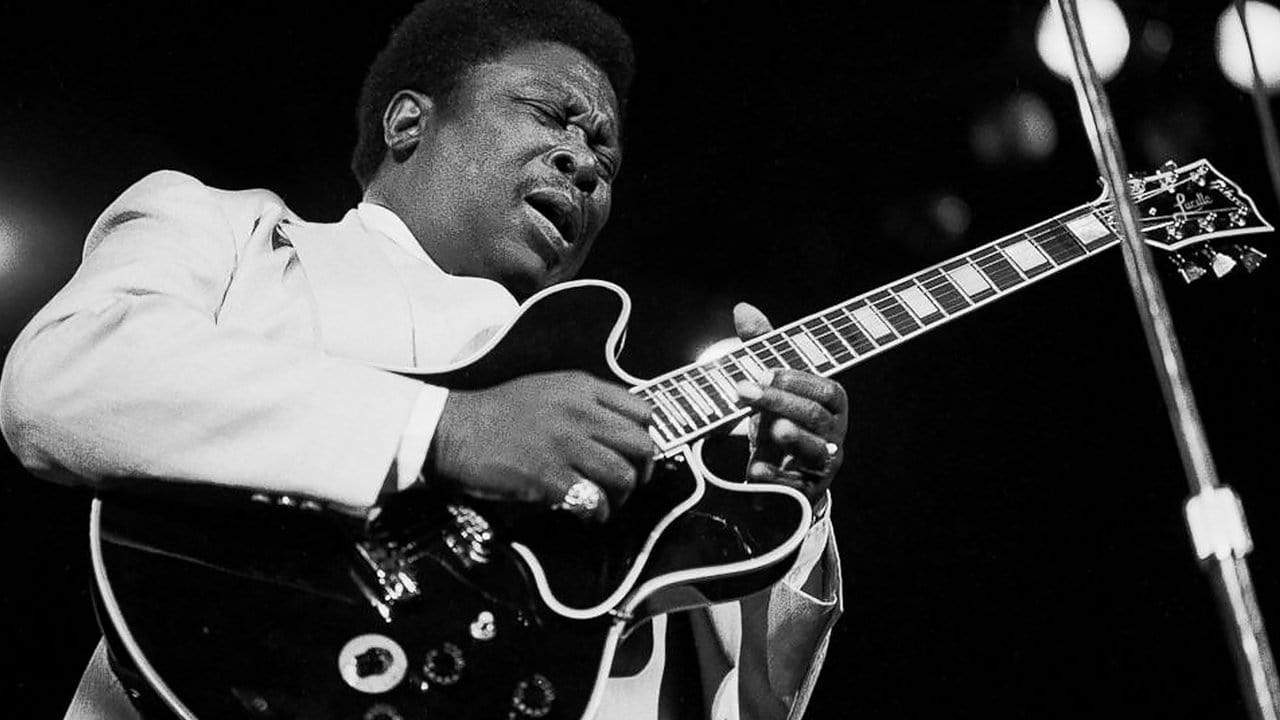Three Ways to Play like B.B. King

"I can tell B.B. from one note. Most of us can. [He has] a certain melodic sense unique to himself." – Eric Clapton
When it came to guitar playing, B.B. King was a true original. Amongst the great blues players, no one sounded like B.B. And, perhaps, no one ever will. As the man himself once put it:
 “You ain't never heard me call myself a blues guitar man. Well, that's because there's been so many can do it better'n I can, play the blues better'n me. I think a lot of them have told me things, taught me things. But they just ain't me, that's all. They're not B.B. King."
“You ain't never heard me call myself a blues guitar man. Well, that's because there's been so many can do it better'n I can, play the blues better'n me. I think a lot of them have told me things, taught me things. But they just ain't me, that's all. They're not B.B. King."
Sounding a dead ringer for B.B. don’t come easy. But, that doesn’t mean you can’t channel his spirit through your six-string playing. And, with that in mind, here are three top tips for bringing some of Mr. King to your licks.
Get in “the box”
The B.B. Box specifically!
B.B. King had a knack for locking in a particular pattern of notes and strings when playing in a specific key. In fact, it’s one of the main signature elements of the B.B. King sound.
Played primarily on the top three strings, the pattern would form a visual “box” shape on the fret board. That pattern has become so synonymous with B.B. King that’s now colloquially known as the B.B. Box.
More often than not, King’s use of this shape placed the root note on the B string, fretted with the index finger. From there, you’re playing a scale pattern, which is, similar to, minor pentatonic (E G A B D). However, the key difference is that, in the B.B. Box, the flatted seventh, D, is replaced by the major, sixth, C#. As a result, you end up with E G A B C#. The way that the distinction between minor and major pentatonic is blurred here is classic B.B. King, and a major contributing factor in his distinctive lead playing.
If you want to brush up on the B.B. Box further, Guitar World’s Andy Aledort offers some handy exercises here.
The lighter touch
 Typically, the assumption in blues music is that thicker guitar strings make for a better guitar tone.
Typically, the assumption in blues music is that thicker guitar strings make for a better guitar tone.
Case in point, Stevie Ray Vaughan. The legendary Texan blues master used a finger splitting set of 13s on his Strat, allowing for that legendarily muscular vibrato.
But, King’s approach is very much on the other side of the spectrum. His signature Gibson set are 10-54s, which are relatively light.
To understand why, here’s ZZ Top’s Billy Gibbons with some words of advice he received form B.B. back in the day:
“I was about 22 and just starting out with ZZ Top… I was in the dressing room and B.B. said to me, ‘Can I play your guitar?’ I said, ‘Sure man.’ He strummed it a few times and handed it back to me. He looked at me rather quizzically and said, ‘Why you working so hard?’ I said, ‘What do you mean?’ He said, ‘Those strings. You got real heavy, heavy strings.’ I said, ‘Well, isn’t that how to get the heavy, heavy sound?’ He said, ‘No! Don’t be working so hard!’
“That was something new! I was mistaken in thinking he was using these extra-heavy strings. I guess he was right there at the beginning when super-light strings were beginning to show up.”
B.B. King’s tone is filled with subtleties, and that comes from a softer touch. Next time you watch a B.B. King live video, pay attention to how he uses his right hand, rather than pedals or amp settings, to control dynamics.
http://happybluesman.com/sound-like-bb-king/
Give each note its due
 Following on from the second point, B.B. King wasn’t a fast player. Playing as many notes as possible was never his bag and he wasn’t prone to the lightning-quick flourishes of some of his peers.
Following on from the second point, B.B. King wasn’t a fast player. Playing as many notes as possible was never his bag and he wasn’t prone to the lightning-quick flourishes of some of his peers.
Instead of quantity, King focused on the quality of each and every note he played. As Professor of Popular Music Joe Bennett has noted, he was the master of the microtone – bending notes slightly out-of-tune to add an almost vocal expressiveness to them:
“King’s seventh-to-octave licks were sometimes slightly flat, his fifths would sometimes slowly drift toward the note as the string bend was pushed from the note below, and – most importantly – he was a lifelong student of the mysterious “blues third,” the note that can be found somewhere in the cracks between the third step of the minor and major scale…
…This is what BB King fans mean when they say he’s speaking through the guitar. The irregularities in his tuning are more than just a stylistic feature – they are the way he communicates musically.”
What are your favourite B.B. King moments? Share your stories in the comments.





















